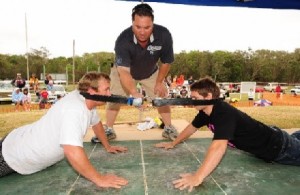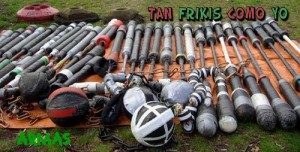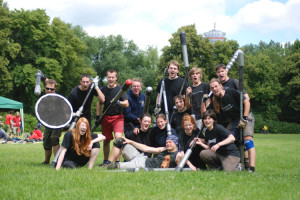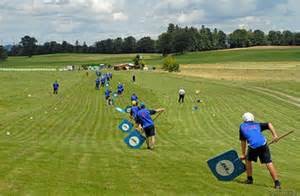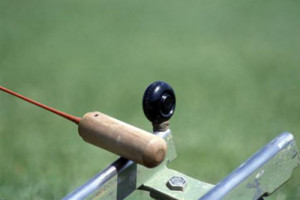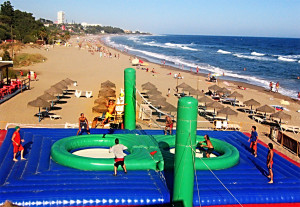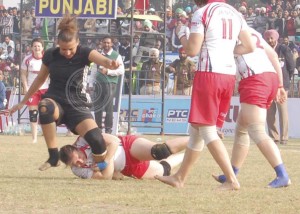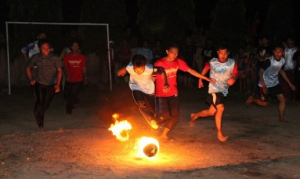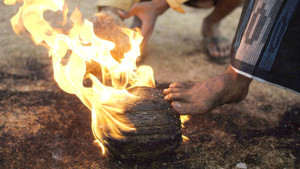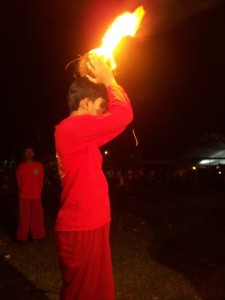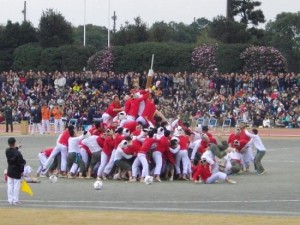Well, I’m sad to say this is going to be my last post :(. It was definitely interesting seeing all of the exotic sports, some of which friends from different parts of the world have heard of (for example, my roommate from Taiwan new all about Bataoshi). But, for our last sport, we take a trip to Australia, the land of animals and insects that will kill you in an instant. It actually sort of surprises me we haven’t seen anything from Australia yet, but nonetheless here it comes.
Goanna pulling is a crazy intense Australian sport. Today, it’s broken into a ton of categories for an annual festival, but traditionally there’s only one event. It takes place on top of Goanna mountain in Australia, and it’s most resemblant of a 1 versus 1 game of tug of war. Except both people are on all fours, pulling a rope thing tied around their necks.
The game originated in Wooli, Australia in 1985. The Goanna event started as a normal event with the normal version of tug of war as a celebration for a separate rugby event. The details seem to get a little sketchy from source to source, but it seems as though a drunken challenge led to an event that turned out to be a tradition for the next 30 years. Today, the games are held a few miles above Wooli, along the Wooli river.
So, as I said before, the game is just like tug of war. The contestants start by being on their hands and knees, approximately 5 feet apart, and have a figure 8 loop wrapped around each of their heads. Then, the games got the same rules as tug of war. Whoever can pull the other person to the line in which they themselves started at wins. There are generally three weightclasses: heavyweight, middleweight, and lightweight.
I just want to note that there are other normal events at the Goanna pulling festival. There is normal team oriented tug of war, log cutting, and children’s games. Also, there is a sort of flea market that people can buy all sorts of items.
So, again this was the last post under Passion. I definitely learned a lot about all types of different sports. But, I also learned a lot about others’ cultures as well, as you can see them in the sports and the reasonings behind the sports.

